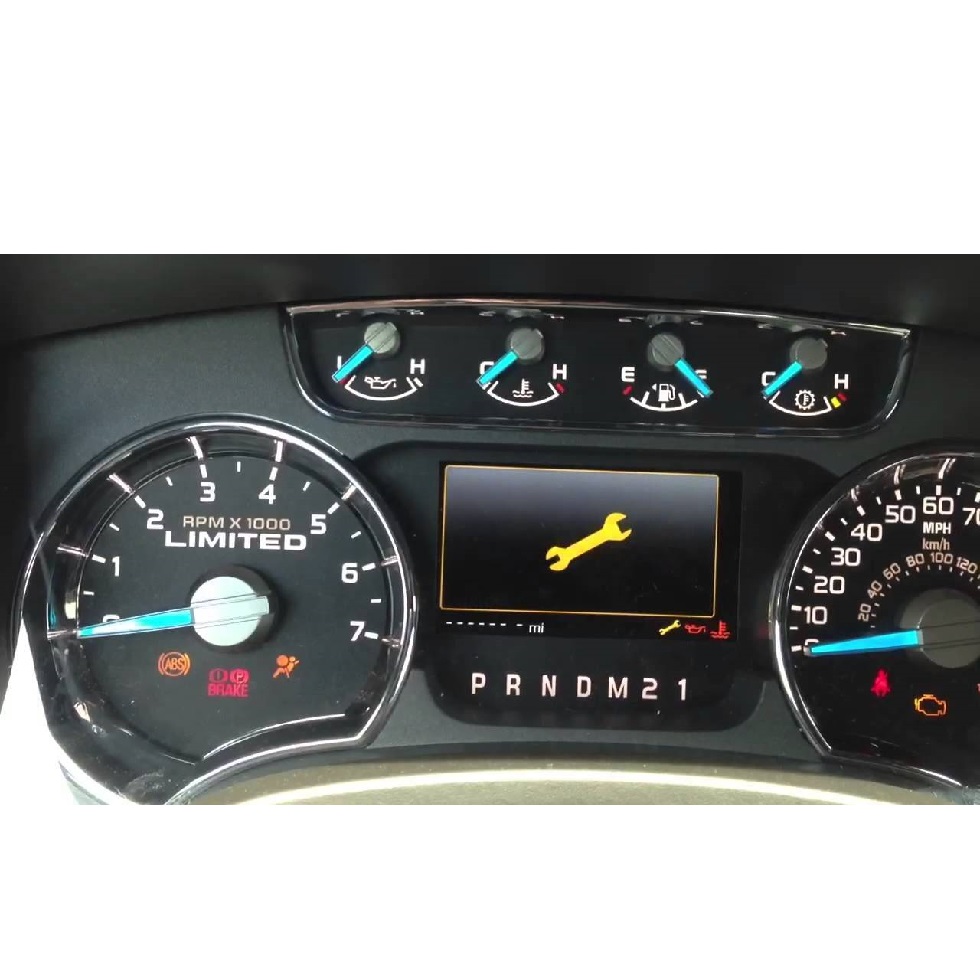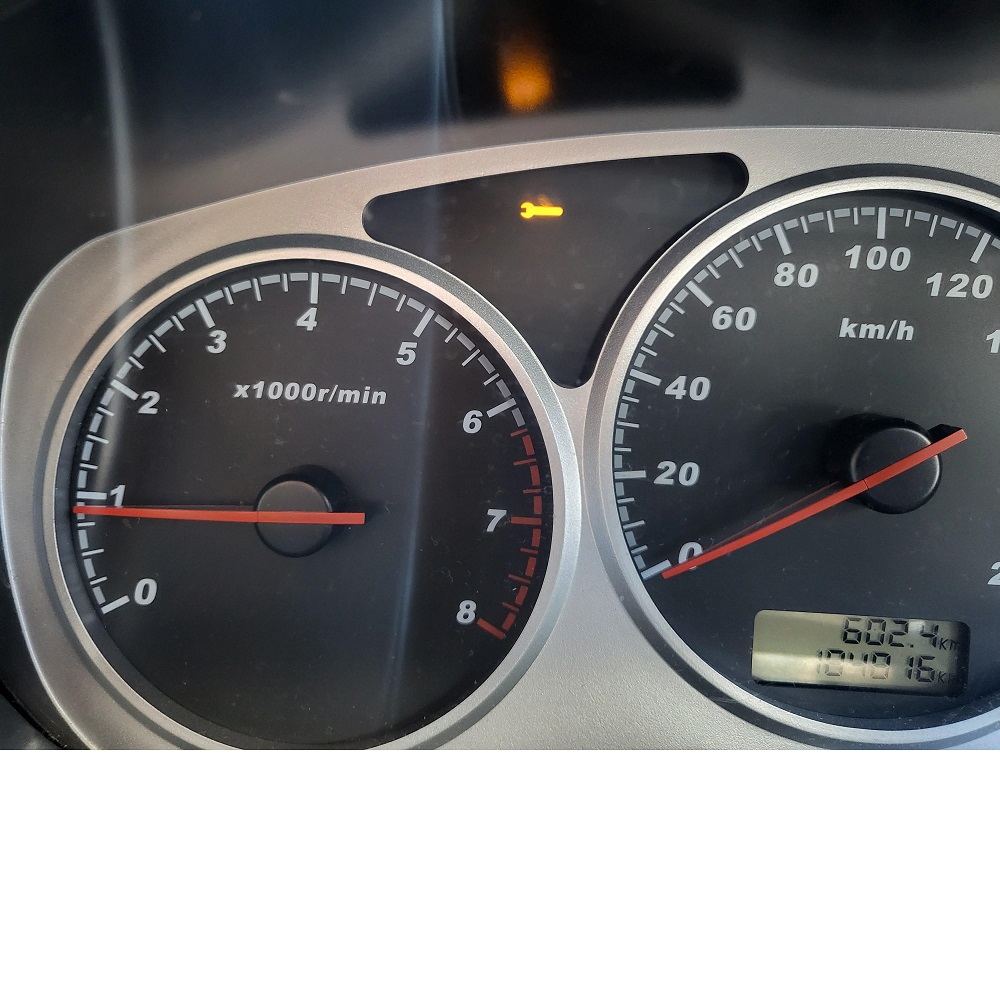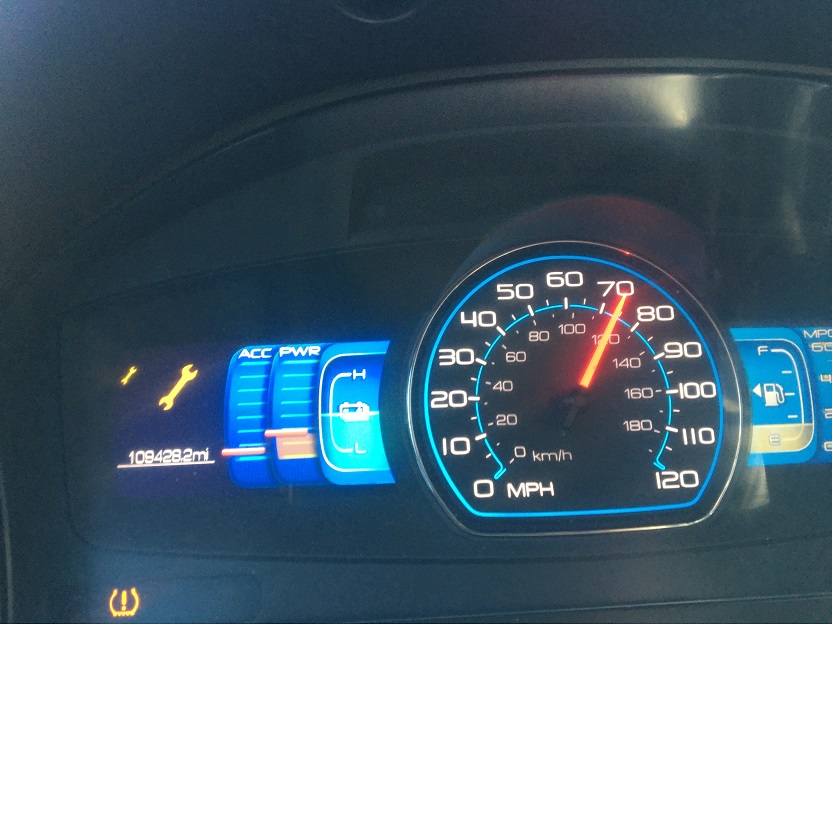When you see a wrench light on your car’s dashboard, it can spark immediate concern. Whether you are a seasoned driver or someone who is new to the world of automobiles, understanding what this light signifies is crucial. This article will provide an in-depth look at the wrench light, its meanings, the conditions that trigger it, and how to address any issues it may indicate.

What Does the Wrench Light Mean?
The Basics of the Wrench Light
The wrench light indicates that there is a problem with the vehicle’s engine or transmission system. It is often referred to as the “service engine soon” light. Car manufacturers use different symbols, but they usually incorporate a wrench. When this light illuminates, it’s a signal that your car requires immediate attention. Ignoring it might lead to more serious mechanical failures in the future.
Potential Causes for Its Illumination
There are many reasons why the wrench light could turn on. First, it could mean that it’s time for routine maintenance. This could include oil changes, filter replacements, or other scheduled services. Sometimes, it may indicate that the engine has detected an issue that needs addressing, such as a transmission problem or sensor malfunction. Each situation requires a different approach, so it’s essential to pay attention.
How to Respond When the Wrench Light Comes On
Initial Steps to Take
Once you notice the wrench light, it’s essential not to panic. Start by pulling over to a safe location. Check your owner’s manual; it can provide valuable information specific to your vehicle. It’s also crucial to take note of any unusual noises or performance issues, as these can help diagnose the problem.
Checking for Other Warning Lights
While the wrench light is a clear indication that something isn’t right, you should also pay attention to other dashboard lights. If the check engine light is on too, for instance, this might signify a more serious condition. Dashboard lights are designed to alert you instantly when something is amiss. Evaluating all warning lights in conjunction can help you better understand the underlying issue.
Consult a Professional
If the wrench light stays on after restarting your vehicle, it’s time to consult a professional mechanic. They have the tools and expertise necessary to diagnose and address the situation accurately. Many modern vehicles come equipped with onboard diagnostic systems, allowing the mechanic to pinpoint the issue with greater precision. Don’t ignore the light, as delaying help can lead to more extensive repairs.
The Importance of Regular Maintenance
Why Regular Check-Ups are Essential
Regular maintenance is the best way to avoid any surprises related to your wrench light. Vehicles come with a scheduled maintenance timeline defined in the owner’s manual. Ignoring this schedule can lead to bigger problems later. Regular check-ups can prevent minor issues from escalating into expensive repairs. Staying on top of maintenance can keep your car running smoothly.
What Does Maintenance Entail?
Regular maintenance generally includes oil changes, fluid checks, brake inspections, and tire rotations. Each of these components plays a vital role in your vehicle’s longevity. Skipping any of these can result in performance issues, potentially triggering the wrench light.
How to Keep a Maintenance Schedule
To help stay consistent with your maintenance, keep a log of all services performed. Consider setting calendar reminders for oil changes and inspections. Enlisting the help of a trusted mechanic can also keep you on track. They can offer advice on what services your car might need based on its age and mileage.
Dealing with Engine Problems Indicated by Wrench Light
Common Engine Issues
If the wrench light relates to engine issues, it’s essential to identify what might be wrong. Some common problems include a failing sensor, poor fuel pressure, or bad spark plugs. Each of these issues can significantly affect your vehicle’s performance. Staying informed about these issues can help you respond effectively.
Signs of Engine Issues
Pay attention to other symptoms. These may include strange noises, engine misfires, or poor gas mileage. If you notice any of these symptoms alongside the wrench light, it can indicate a more significant problem. Early detection can make repairs more manageable and less costly.
When to Consider a Replacement
In extreme cases, continuous engine problems could lead to a full engine replacement. If the repair costs become nearly the same as a new engine, consider the long-term benefits of a replacement. Always discuss options with a qualified mechanic to make an informed decision.
Addressing Transmission Problems
Understanding Transmission Issues
If the wrench light is related to the transmission, understanding its function can empower you. The transmission is responsible for shifting gears in your vehicle, impacting acceleration and speed. Problems with this system can lead to issues like delayed shifting or complete failure.
Signs of Transmission Trouble
Symptoms of transmission problems include difficulty shifting gears, slipping gears, and strange noises. Pay attention to these alerts. They can indicate immediate issues requiring repair. A functioning transmission is critical for smooth vehicle operation.
Solutions for Transmission Issues
Consulting a professional for transmission problems is crucial. They may recommend a fluid change, a repair, or even a replacement. Staying proactive can help you avoid severe transmission issues in the future.
The Role of Sensors in Triggering the Wrench Light
Importance of Vehicle Sensors
Modern vehicles rely heavily on sensors to monitor various systems. These sensors help detect issues that a driver might not notice. When a malfunction occurs with these sensors, they can trigger the wrench light. Understanding how these sensors work will give you greater insight into your vehicle’s behavior.
Common Sensor Issues
Common sensor-related problems involve the mass airflow sensor, oxygen sensors, and coolant temperature sensors. Each plays a specific role in managing vehicle performance. A malfunctioning sensor can mislead your vehicle’s computer, often resulting in the wrench light coming on.
How to Address Sensor Problems
When sensor issues arise, they usually require diagnosis by a qualified technician. They have the tools to read error codes generated by your vehicle’s diagnostic system. This action allows a more straightforward repair process, ensuring that any issues are resolved rapidly.
How to Prevent the Wrench Light from Coming On
Maintaining Fluid Levels
One effective method to prevent the wrench light from turning on is to consistently check your fluids. This includes oil, coolant, brake, and transmission fluid levels. Keeping these fluids at the recommended levels ensures optimal vehicle performance and can prevent potential problems from surfacing.
Regular Inspections
Routine vehicle inspections can identify potential issues early. Use a reputable mechanic for full inspections. These can save you money in the long run. Consider the check-ups to be part of your vehicle’s overall health plan. Regular checks can provide peace of mind knowing your vehicle runs as it should.
Learning About Your Vehicle
Understanding your vehicle is beneficial. Read your owner’s manual and familiarize yourself with how different systems work. Knowing your car enables you to spot signs of trouble more quickly. Educated drivers are more likely to take proactive steps.
When to Seek Immediate Help
Knowing When to React
If the wrench light comes on and you notice performance issues, pull over immediately. If there’s a grinding noise or the engine stutters, stop driving. In some cases, continuing to operate the vehicle can lead to further damage.
Importance of Professional Help
Seeking professional help is essential when dealing with mechanical problems. Mechanics can diagnose issues accurately, saving you time and money. Ensure you always choose a reputable mechanic to get reliable service.
Trusting the Experts
Lastly, always trust the experts. They know what to look for and how to tackle common issues. By establishing a relationship with a trusted mechanic, you can ensure your vehicle stays in good health.
Conclusion
The wrench light on your car should never be ignored. It indicates that your vehicle needs attention and could be the first sign of a more significant problem. By understanding what the light means, how to respond, and the importance of regular maintenance, you can safeguard your vehicle’s longevity. Always stay proactive, consult professionals when needed, and educate yourself about your vehicle. This can lead to a safer, smoother driving experience.


